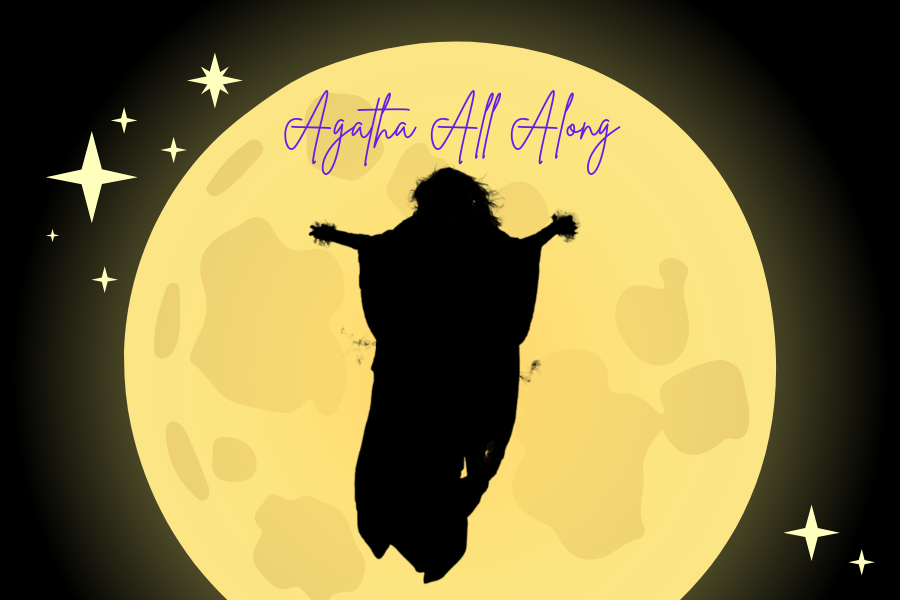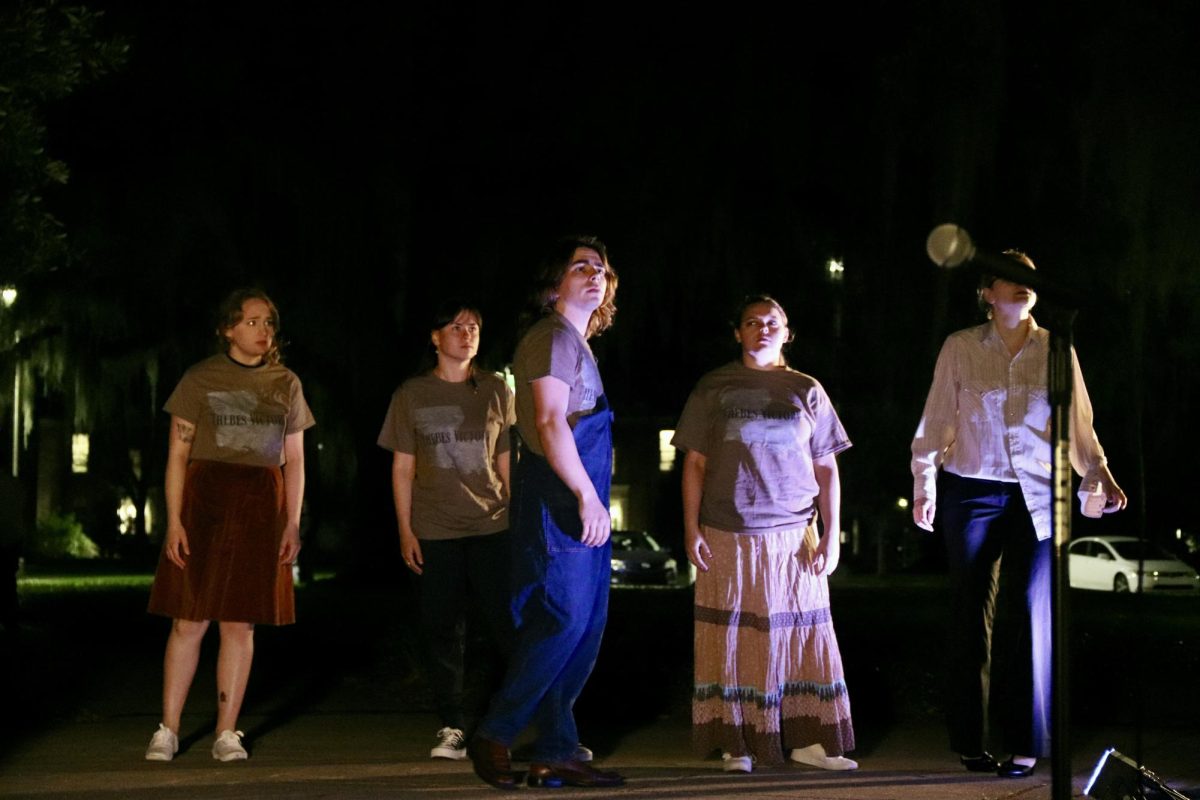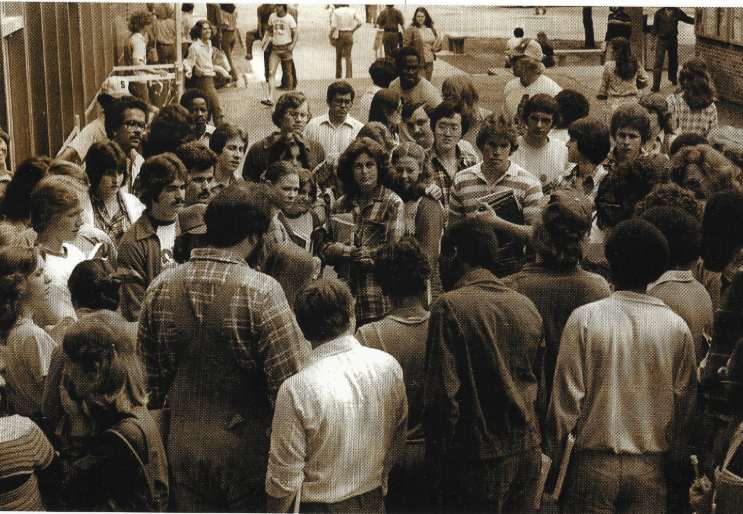|
Getting your Trinity Audio player ready...
|
“Agatha All Along” picks up where Marvel’s previous miniseries, “Wandavision,” left off, with Agatha Harkness recovering from Wanda’s hex. The new miniseries follows Agatha and her coven as they navigate the Witches’ Road, a magical path that offers a reward for surviving and completing its challenges.
The miniseries has a different aesthetic than Wandavision, drawing heavy inspiration from the Salem Witch Trials in the 17th century. Most of the series is focused on the road or the trials the characters must face.
Each trial the witches encounter is designed to challenge their skills, fears and knowledge. They transport the characters into different settings, such as an 80s slumber party or medieval realm.
Though the miniseries is amazing, I do still think that “Wandavision” is my favorite series out of the two. The show was able to capitalize on a unique idea that pushed the boundaries of what one could expect out of a “superhero” movie.
While I’m not a huge fan of Marvel, I think “Wandavision” found success with a large audience that would not usually consider watching their productions. Though “Agatha All Along” could also appeal to those who don’t enjoy superhero movies, “Wandavision” holds a special place in my heart for being one of the first.
“Wandavision’s” aesthetic design far surpasses that of “Agatha All Along.” In “Wandavision,” Wanda, out of mourning the loss of her family, creates a series of realities that mimic television aesthetics throughout the decades. In these realities, she crafts the perfect life for herself and her family, while entrapping and torturing the residents of Westview, New Jersey. The show leans so heavily into the aesthetics of old television, fully immersing its viewers in Wanda’s broadcast fantasy.
“Agatha All Along” does not have the same immersive experience that “Wandavision” provides, throwing the viewers into flashbacks or completely new scenes frequently. In “Wandavision,” the plot of some episodes follows old sitcom formats, with the show taking a more serious tone and modern-action storytelling approach later on in the series. “Agatha All Along” detracts from this format, opting for a more consistent plotline.
While this storytelling decision is understandable, I believe it’s a step back from “Wandavision’s” off-the-wall story structure.
While “Wandavision” is ultimately my favorite show out of the two, “Agatha All Along” does have some strong points. For those who love a good mystery and plot twists at every turn, this show is for them. Every episode has a plethora of details and hints that reveal so much about future episodes. Even the most minor details hint at big reveals later in the series.
The show’s witchy aesthetics fit perfectly for the Halloween season. There are even a few small jumpscares throughout the series, which is a novel touch to the Marvel universe. I think Agatha, as the show’s protagonist, is an intriguing change from Wanda. Though she is humanized through the backstory of her son’s death, Agatha is a much more sinister character than Wanda.
While Wanda’s destruction is mostly unknown to her, Agatha intentionally kills. Though her murders are, at first, a way to protect her son, she continues even after his death. Agatha’s morality is a bit gray, which is a compelling part of her character. Viewers who supported Wanda will be much more unsure about rooting for Agatha.
Alongside Agatha, William is an important character in the series. While I cannot reveal any more information to avoid spoilers, William is critical to the plot of the series.
While I recommend fans of “Wandavision” watch “Agatha All Along,” the new series did not top the original, in my view. The show’s storytelling and aesthetic qualities are far superior to “Agatha All Along.” Nonetheless, I had a wonderful time following Agatha down the Witches’ Road, and I would still recommend watching it for its intriguing plot twists and witchy aesthetic.













